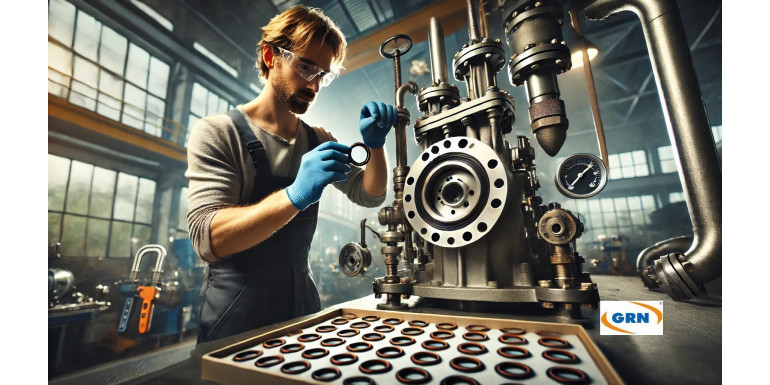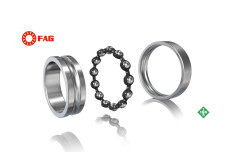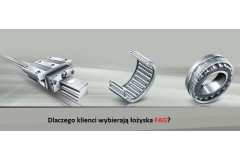
Key Factors to Consider When Choosing the Right O-Ring Material for Industrial Applications
Selecting the right O-ring material is essential to ensure the reliability and longevity of industrial systems. O-rings are critical components in sealing applications, and their performance heavily depends on the material chosen. Below is a comprehensive guide to help you understand the key factors when selecting O-ring materials for various industrial uses.
1. Temperature Range
The operating temperature is a primary factor in selecting O-ring materials. Different materials perform optimally within specific temperature ranges:
- NBR (Nitrile): Known for its oil resistance, NBR works well in temperatures from -30°C to +120°C.
- Silicone: Ideal for extreme temperatures, ranging from -60°C to +230°C.
- Viton (Fluorocarbon): Suitable for high temperatures up to +200°C and exposure to fuels and chemicals
2. Chemical Resistance
The compatibility of the O-ring material with the chemicals it will come into contact with is crucial. For example:
- EPDM: Highly resistant to water, steam, and ozone, making it ideal for outdoor applications and systems involving coolants.
- Viton: Offers excellent resistance to oils, fuels, and solvents, making it an optimal choice for fuel handling systems and chemical plants.
3. Pressure Requirements
The pressure that the O-ring needs to withstand plays a significant role in material selection. High-pressure systems often require materials with higher shore hardness for durability under compression. For instance:
- HNBR (Hydrogenated Nitrile): Known for its high resistance to mechanical stress, making it ideal for dynamic applications with high pressure.
4. Environmental Conditions
Consider the environment where the O-ring will be used. Outdoor applications, exposure to UV light, or weathering require materials that can endure these conditions. For example:
- EPDM: Excellent for outdoor use due to its resistance to ozone and UV radiation, commonly used in HVAC systems.
5. Mechanical Requirements
The specific application may involve dynamic (moving) or static (stationary) sealing. Materials such as PTFE are better suited for static seals due to their low elasticity, while Nitrile and Viton are commonly used for dynamic seals because of their flexibility and ability to withstand motion
Summary
Choosing the right O-ring material is a balance of factors including temperature, chemical exposure, mechanical stress, and environmental conditions. Each material has its strengths: NBR is suitable for oil applications, Viton excels in chemical and heat resistance, and EPDM is preferred for water and outdoor environments. Understanding these aspects ensures that your industrial applications operate efficiently and reliably.
SEO Keywords
- O-ring material selection
- Industrial O-rings
- Chemical-resistant O-rings
- High-temperature O-rings
- NBR, Viton, EPDM O-rings
- Dynamic and static seals
This combination of factors will help you choose the best O-ring for your specific industrial needs and ensure optimal performance across applications.




Leave a Reply Cancel Reply